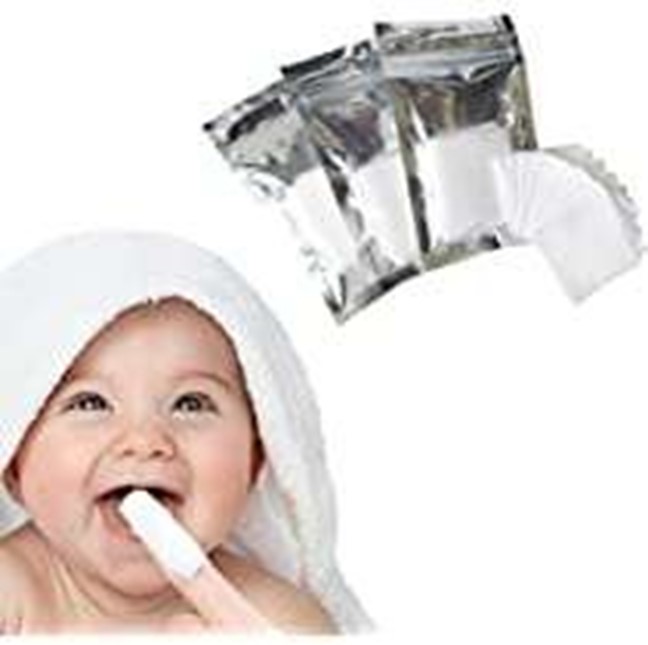A nurse is assessing a toddler who has cystic fibrosis. Which of the following findings should the nurse expect?
Rhinorrhea.
Weight gain.
Visible peristalsis.
Steatorrhea.
The Correct Answer is D
Steatorrhea, or fatty stools, is a common symptom of cystic fibrosis.
Cystic fibrosis can cause the pancreas to become blocked with mucus, preventing digestive enzymes from reaching the small intestine.
This can result in difficulty absorbing nutrients from food and can lead to steatorrhea.
Choice A is wrong because rhinorrhea is not a common symptom of cystic fibrosis.
Choice B is wrong because weight gain is not a common symptom of cystic fibrosis; in fact, difficulty gaining weight is a common symptom.
Choice C is wrong because visible peristalsis is not a common symptom of cystic fibrosis.
Nursing Test Bank
Naxlex Comprehensive Predictor Exams
Related Questions
Correct Answer is D
Explanation
The nurse should prepare the toddler for nasotracheal intubation first because the toddler is experiencing severe dyspnea and drooling, which are signs of airway obstruction.
Nasotracheal intubation will help to secure the toddler’s airway and improve their breathing.
Choice A is wrong because administering an antibiotic is not the priority intervention for a toddler with airway obstruction.
Choice B is wrong because obtaining a blood culture is not the priority intervention for a toddler with airway obstruction.
Choice C is wrong because inserting an IV catheter is not the priority intervention for a toddler with airway obstruction.
Correct Answer is D
Explanation
Cleanse the gums with saline-soaked gauze.
This can help keep the mouth moist and clean, which is important for preventing infection and promoting healing of oral ulcers caused by chemotherapy.

Choice A is wrong because routine oral care should be performed more frequently than every 8 hours.
Choice B is wrong because lemon glycerin swabs can dry out and irritate the mucosa.
Choice C is wrong because oral viscous lidocaine should not be used in children due to the risk of toxicity.
Whether you are a student looking to ace your exams or a practicing nurse seeking to enhance your expertise , our nursing education contents will empower you with the confidence and competence to make a difference in the lives of patients and become a respected leader in the healthcare field.
Visit Naxlex, invest in your future and unlock endless possibilities with our unparalleled nursing education contents today
Report Wrong Answer on the Current Question
Do you disagree with the answer? If yes, what is your expected answer? Explain.
Kindly be descriptive with the issue you are facing.
